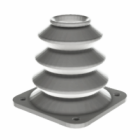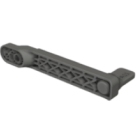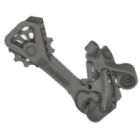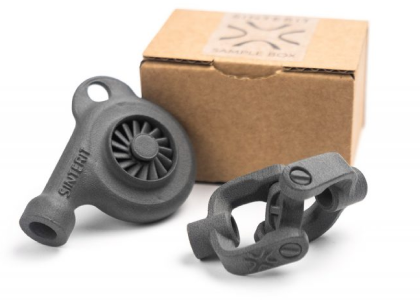3D printing definitions: A – F
A
Additive Manufacturing (AM) – the process of creating objects layer by layer from digital models, in contrast to subtractive manufacturing. 3D printing is a subset of AM technologies.
Annealing – a heat treatment process applied to 3D printed parts to relieve internal stresses, improve crystallinity, and enhance mechanical properties, especially in materials like PLA and nylon.
Application – the intended use or function of a 3D printed part, such as prototyping, tooling, medical models, or end-use products in specific industries.
Artifacts – undesired marks or deformations on a printed object caused by hardware issues, slicing errors, or vibrations.
Aspect Ratio – the ratio between different dimensions of a part (e.g., height to width), which affects print stability and accuracy.
B
Bed leveling – the process of ensuring the print bed is parallel to the nozzle to maintain consistent first-layer adhesion. Can be manual or automatic.
Belt tension – the tightness of belts on X/Y axis drives in FDM printers; incorrect tension affects print accuracy and causes shifting.
Binder Jetting – a 3D printing technology where a liquid binder is selectively deposited onto a powder bed (metal, ceramic, or sand) to create solid structures.
Bridging – the process of printing filament across open gaps between two points without support underneath. It tests a printer’s ability to span horizontal distances cleanly.
Brim – a ring of additional material printed around the base of a model to improve bed adhesion and prevent warping.
Build chamber – the enclosed area inside a 3D printer where the printing process takes place. In SLS systems, it maintains a controlled temperature to support consistent powder fusion and part quality.
Build failure – a print job that fails partway due to warping, poor adhesion, power loss, or other mechanical or software issues.
Build plate (print bed) – the flat surface on which a 3D print is formed, layer by layer. It provides the foundation for the print and may be heated to improve adhesion and reduce warping.
Build volume utilization – the percentage of a 3D printer’s total available print space that is effectively used during a print job. Higher utilization can improve production efficiency, especially in batch or industrial printing.
C
CAD (Computer-Aided Design) – software used to create precise 3D models, often exported as STL or STEP files for printing.
Cake – the solid block of powder inside an SLS printer’s build chamber after printing is complete. It contains both the sintered (printed) parts and the surrounding unsintered powder, which must be removed during post-processing to retrieve the finished objects.
Calibration – the process of adjusting a 3D printer’s settings — such as axis movement, extrusion, bed leveling, and temperature — to ensure accurate, consistent, and high-quality prints.
Calibration cube – a small, standardized 3D model — typically a 20 × 20 × 20 mm cube — used to test dimensional accuracy, axis alignment, and general printer calibration.
Clogging – when filament or resin fails to extrude properly due to a blockage in the hotend or nozzle.
Composite filament – filaments infused with additives like carbon fiber, wood, or metal powders to enhance strength or aesthetics.
Cooling fan – a fan used to rapidly cool filament after extrusion, improving overhang performance and reducing stringing.
Curling – a localized version of warping where smaller sections — especially overhangs or corners — bend upward during printing, affecting surface quality and dimensional accuracy.
D
Delamination – separation between layers in a print due to poor adhesion, often caused by low temperature or warping.
Depowdering – the post-processing step in SLS printing where excess unsintered powder is removed from the printed parts, typically using brushes, air jets, or automated systems.
Dimensional accuracy – the degree to which the dimensions of a 3D printed object match the original digital model, typically measured in millimeters. It reflects the printer’s precision and consistency.
DMLS (Direct Metal Laser Sintering) – a powder bed fusion process using a laser to fuse metal powder into solid metal parts.
Draft angle – a slight taper added to vertical walls in part design to facilitate easier removal from molds or improve printability.
Dry box – a storage solution that keeps hygroscopic filaments like nylon or PVA free from moisture, which can degrade print quality.
Dual extrusion – a 3D printing setup that uses two extruders to print with multiple materials or colors in a single print job. It enables more complex parts, including soluble supports or multi-color prints.
Dyeing – a post-processing technique used to add color to 3D printed parts — especially those made with porous materials like nylon — by immersing them in liquid dye for uniform and durable coloration.
E
Edge bleeding – in resin or powder-based prints, when material spreads beyond intended boundaries, reducing fine detail.
Elephant’s foot – a printing defect where the first few layers bulge outward due to bed over-adhesion or high bed temperature.
Endstop – a physical switch or sensor that defines the limits of motion on each axis, used for printer homing and positioning.
Engraving – shallow material removal for labels or textures, often done with laser or CNC systems, but sometimes simulated via 3D printing surface detail.
Extruder – the component of a 3D printer responsible for feeding and pushing filament (or other material) into the hotend, where it is melted and deposited layer by layer to build the object.
F
Feathering – smoothing or tapering edges in slicing software to improve transition zones or aesthetics.
Filament – a spool-fed thermoplastic material, usually in 1.75 mm or 2.85 mm diameter, used in FDM 3D printers. It is melted and extruded through a nozzle to form printed layers.
Firmware – the software embedded in a 3D printer’s electronics that controls hardware operations.
Flow rate – the volume of material extruded per unit time. Miscalibration leads to under- or over-extrusion issues.
Download eBook “3D printing glossary”
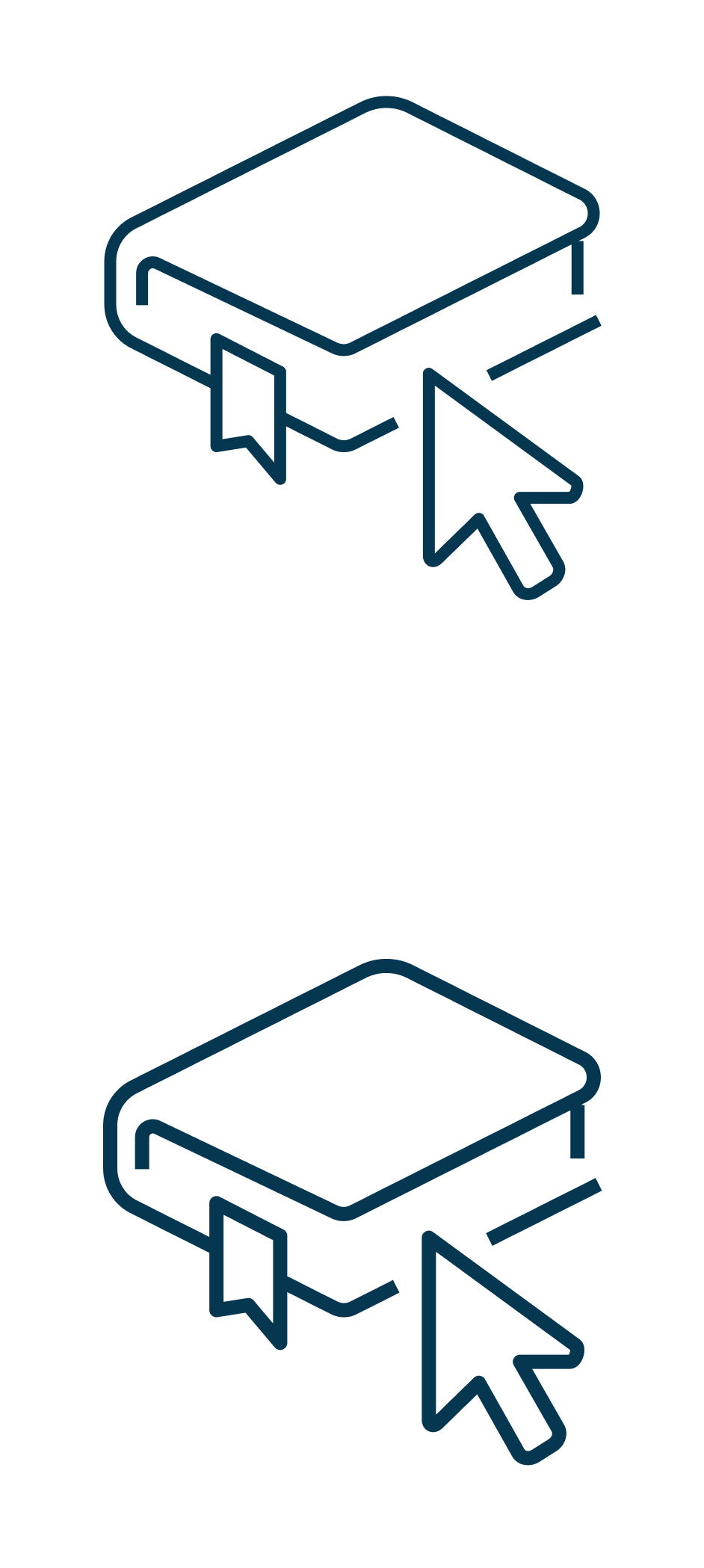
Explore also
Related categories




